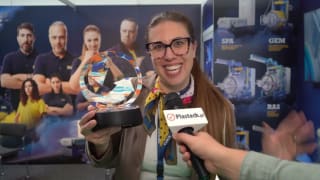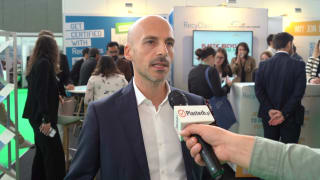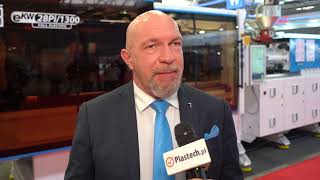 The large German discount supermarket chain ALDI SÜD is now offering its German customers shopping bags made of BASF’s biodegradable plastic Ecovio. These bags are manufactured for ALDI by the VICTOR Güthoff &Partner Group, headquartered in Kerpen, Germany.
The large German discount supermarket chain ALDI SÜD is now offering its German customers shopping bags made of BASF’s biodegradable plastic Ecovio. These bags are manufactured for ALDI by the VICTOR Güthoff &Partner Group, headquartered in Kerpen, Germany.The plastic Ecovio consists of Ecoflex and of polylactic acid (PLA), which is obtained from corn, a renewable raw material. Chemically speaking, Ecoflex is a petrochemical - based polyester. And yet, thanks to its special molecular structure, it can be digested by microbes under precisely defined conditions: it is completely biodegradable according to European standard EN 13432. Whereas Ecoflex makes the bag flexible, tear resistant, waterproof and suitable for printing - giving it the properties of a classic plastic - the stiff PLA contributes the renewable raw material.
The combination of Ecovio and Ecoflex allows film manufacturers such as Victor to produce plastic bags and other film products with tailor - made properties - a higher percentage of Ecoflex renders the film more flexible whereas a higher percentage of Ecovio renders it stiffer. Thus, Ecoflex makes it possible for renewable raw materials like PLA to now be employed in high - performance consumer products.
Biodegradable shopping bags offer customers an additional advantage: they not only are strong enough to be used multiple times as a shopping bag, but at the end of their days, they can also serve as a bag for collecting and disposing of organic kitchen garbage - in most of the German communities this is already permitted.
- The two plastics Ecoflex and Ecovio have been developed primarily for products such as shopping bags and bags for organic waste, which are transformed into valuable compost - together with the bio waste – in an industrial composting facility - explains Andreas Künkel, in charge of the development of biodegradable plastics at BASF. In these applications, the biodegradability of the materials constitutes a benefit for customers and environment.



